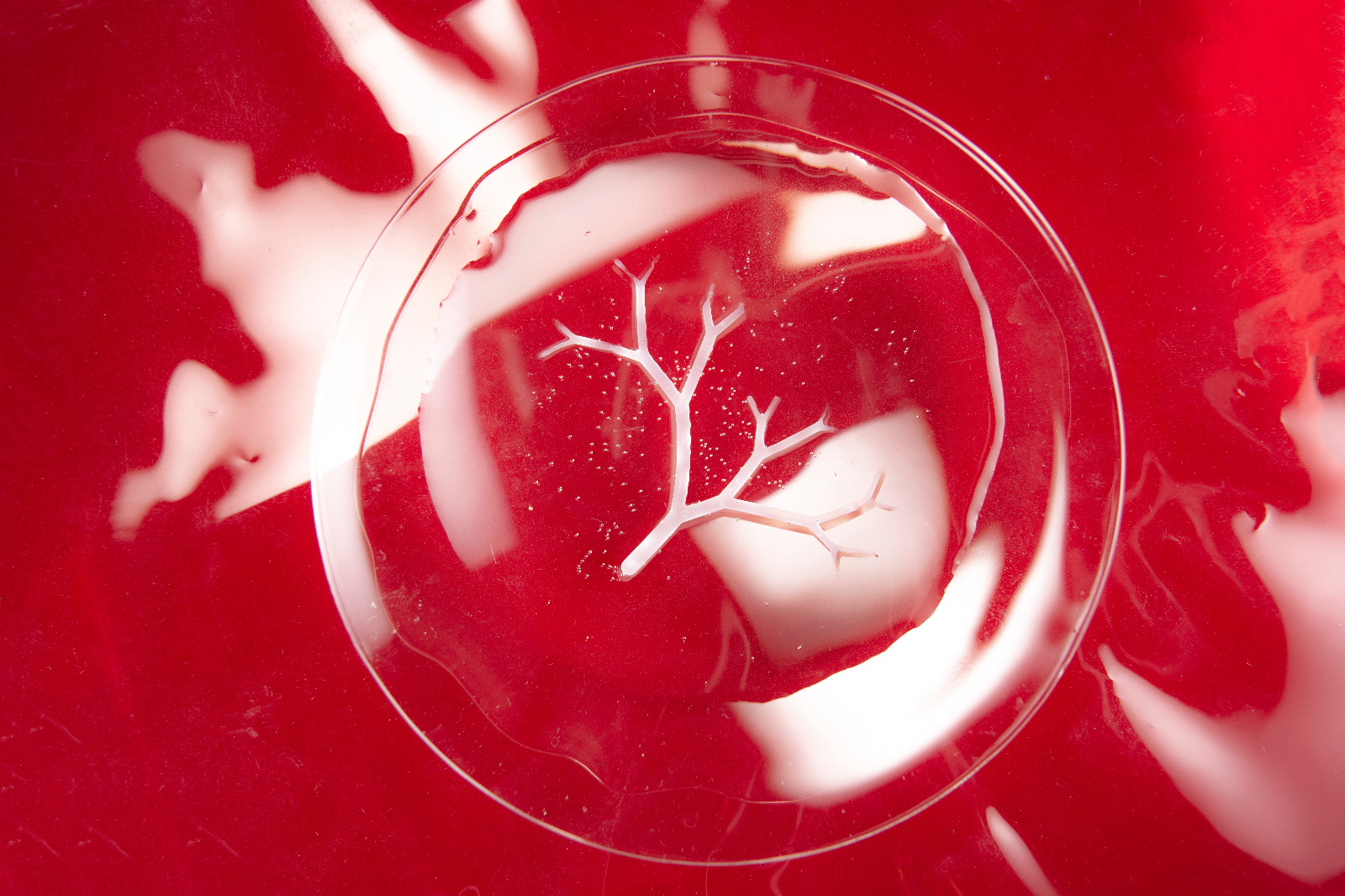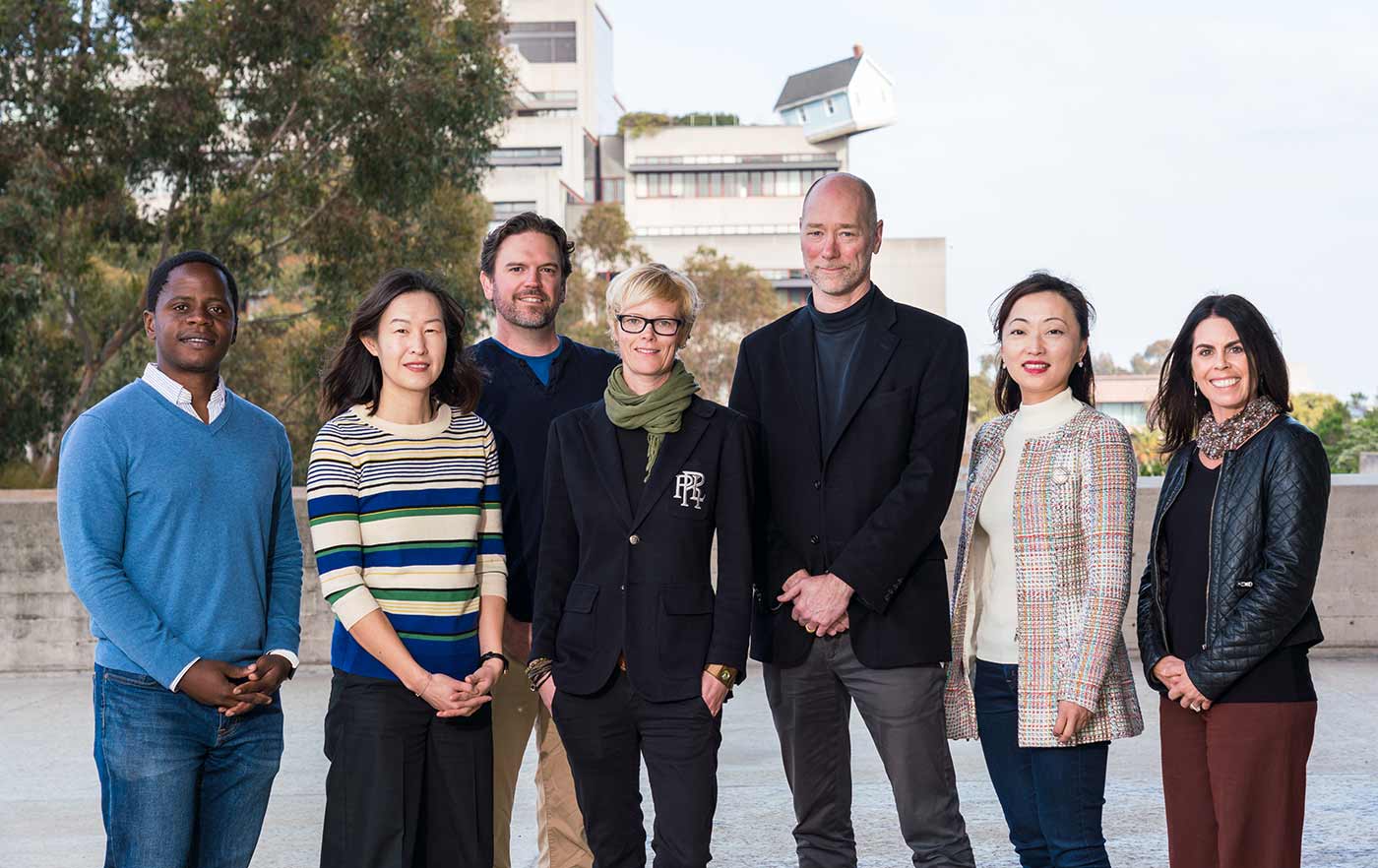Since more and more deciduous trees are being planted in Swiss forests, whose wood is often burned directly, innovative ideas for a cascade use are in high demand in order to utilize Swiss hardwood more sustainably. Empa researchers are therefore equipping wood with new functionalities. Their latest coup: wood that can glow in the dark.
Tag: Biomaterial

Achieving High Performance and Stability Simultaneously!
The research team of Dr. Jae Ho Kim and Dr. Myungkwan Song from the Energy and Environmental Materials Research Division at the KIMS, developed hybrid bio-nanostructures.
Call for Papers and Participation: Joint International Conference on ‘Cutting-edge Nanotechnologies for Good Health and Well-being’
The Faculty of Medicine at Chulalongkorn University, cordially invites all those who are interested to attend the joint international conference on “CUTTING-EDGE NANOTECHNOLOGIES FOR GOOD HEALTH AND WELL-BEING” from July 9-12, 2024 between 8:00 and 18:00 hrs. at Chulalongkorn University and Mandarin Hotel, Bangkok, Thailand.
Scientists develop new material inspired by limpets with super strength
An interdisciplinary team of biologists, chemists and engineers from the University of Portsmouth have become the first to successfully grow a limpet inspired biomaterial with extreme strength.

Fluorescent dot synthesis gets an eco-friendly “glow up”
Fluorescent “dots”–that is, tiny particles that can emit light–have a multitude of promising biomedical applications, yet making such dots is usually a long, tedious process that uses harsh chemicals. Now, researchers are developing a fluorescent dot that is not only easier to make, but uses eco- friendly materials.
Creating solar cells and glass from wood – or a billion tons of biowaste
A digital, urbanised world consumes huge amounts of raw materials that could hardly be called environmentally friendly. One promising solution may be found in renewable raw materials, according to research published in Advanced Materials.
Drug-Induced Liver Injury, Translational microRNA Biomarkers, and More Featured in January 2021 Toxicological Sciences
in the January 2021 issue, Toxicological Sciences offers an engaging slate of research in toxicology, from endocrine toxicology and biomarkers to genetic and epigenetic toxicology and mixtures toxicology.

Scientists use bacteria as micro-3D printers
A team at Aalto University has used bacteria to produce intricately designed three-dimensional objects made of nanocellulose. With their technique, the researchers are able to guide the growth of bacterial colonies through the use of strongly water repellent – or superhydrophobic – surfaces.

$18M Boost to Materials Science Research at UC San Diego
The National Science Foundation has awarded University of California San Diego researchers a six-year $18 million grant to fund a new Materials Research Science and Engineering Center (MRSEC).
Researchers Explore Spinal Discs’ Early Response to Injury and Ways to Improve It
Researchers showed in animal models that spinal discs’ default injury response can be temporarily stopped to allow for better treatment